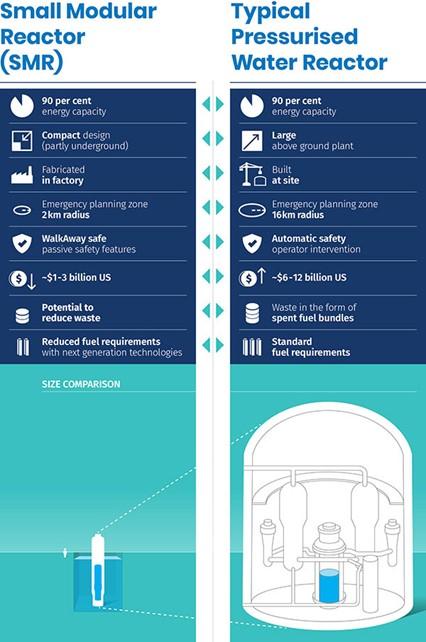Their music was the soundtrack for a generation of Queenslanders, with songs such as Streets of Your Town and Cattle and Cane.
The Go-Betweens were so influential that a bridge over the Brisbane River was named after them.
Singer, co-songwriter and guitarist Robert Forster went on to a successful solo career with tracks like Inferno (Brisbane in Summer). But behind the scenes Robert was dealing with a serious illness that many thousands of Queenslanders are living with—hepatitis C.
“It’s a bloodborne virus. You can contract it in a number of ways,” Robert said.
It’s estimated 227,000 people nationally are living with hepatitis C, including 40,000 Queenslanders.
Many others don’t know they have it, as often there are no symptoms, and many people in the community do not realise they are at risk of contracting it. In 2018 more than 2000 Queenslanders were diagnosed with the virus.
Brisbane’s south alone has 10,000 people living with the virus yet has one of the country’s lowest rates of treatment uptake. Queensland Health is partnering with Metro South Hospital and Health Service, Brisbane South Primary Health Network and Hepatitis Queensland to improve treatment rates in the area.
Hepatitis C is not vaccine-preventable. Left untreated, in the longer term it can cause cirrhosis, liver damage, cancer, and sometimes, death. But now it can be treated and cured.
Robert was 39 and living in Brisbane when he received the shock diagnosis. He had released his fourth solo album Warm Nights the year before and was preparing to move back to Germany with his wife.
“In very early 1997 my wife and I were living in Highgate Hill. I went to a doctor there and had a blood test and found out that I had hep C. I am fairly certain I contracted it through drug use in the 1980s. That drug use, with needles, ended in 1989.
Although Robert was under considerable pressure to get treated, he didn’t at first, after a liver biopsy showed no sign of cirrhosis—scarring of the liver that can happen with longer-term hepatitis C infection.
Previous treatments for hepatitis C available at the time Robert was diagnosed were almost as feared as the disease itself and the success rates were as low as 10 per cent.
Robert undertook a treatment trial in 2006, which was unsuccessful. “It was 48 weeks of pure and utter hell,” said Robert. “At the end, I was in the clear but then six months later, I wasn’t clear. I still had the illness.”
He went on another trial in 2011. This time it was successful.
In 2016 new hepatitis C direct-acting antiviral (DAA) medications that can be prescribed by GPs became available on the PBS.
They cure more than 95 per cent of people if they follow the eight to twelve-week course of treatment and have hardly any side effects
“The new hepatitis C direct-action antiviral drugs are fantastic.
“So, please go and get tested, and if you have hepatitis C, don’t delay starting treatment. It can save your liver and your life.”
About hepatitis:
Hepatitis C is an infectious disease that attacks the liver causing inflammation and can lead to cirrhosis, end-stage liver disease and liver cancer. Infection is caused by the blood borne hepatitis C virus through blood-to-blood contact. Hepatitis C can be treated and cured.
Since 2016, new simple direct-acting antiviral medicines have been available which are more effective and tolerable than previous treatments. Most treatments involve taking tablets daily between 8, 12 or 24 weeks and have a cure rate greater than 95 per cent with little to no side-effect. Those who have been treated and cured report living happier and healthier lives free of stigma and concern from the hepatitis C virus.







